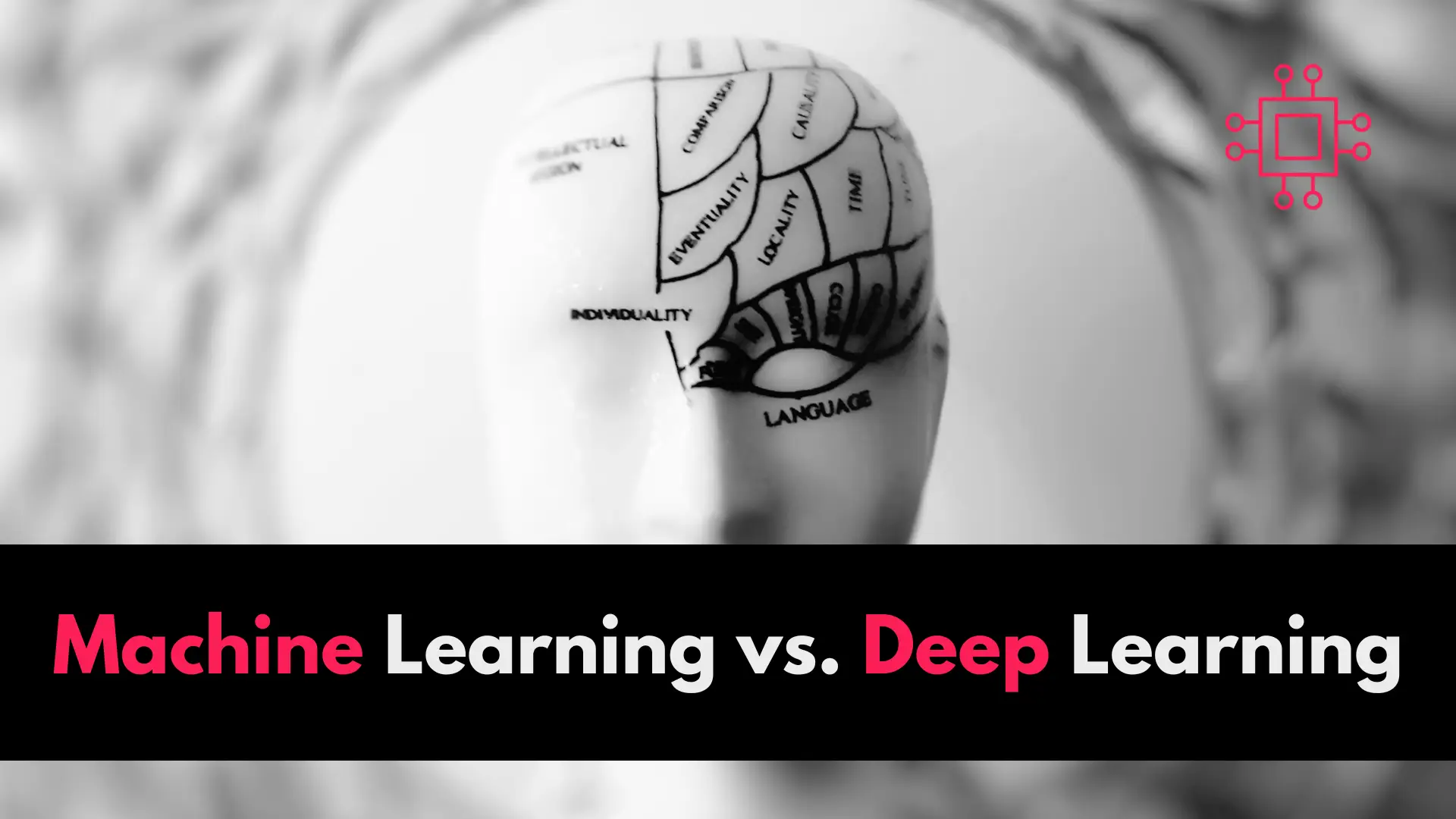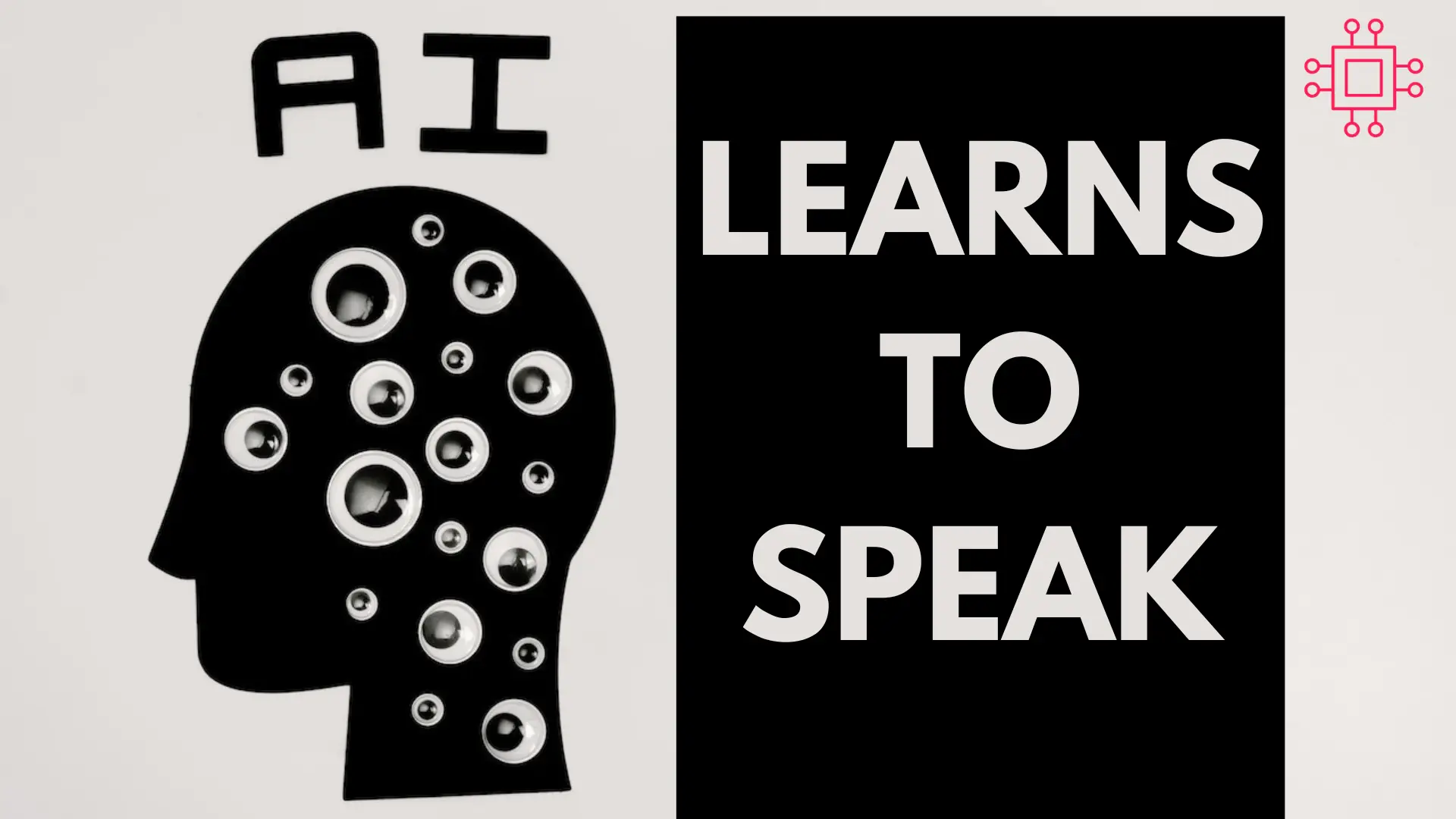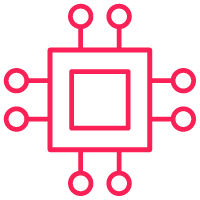
Machine learning and deep learning are two of the most important subfields of artificial intelligence (AI), and they have enabled significant advancements in the development

Natural Language Processing (NLP) is a subfield of Artificial Intelligence (AI) that focuses on enabling computers to understand, interpret, and generate human language.
Natural Language Processing (NLP) is a field of artificial intelligence that focuses on enabling computers to understand, interpret, and generate human language. It involves the use of computational techniques to analyze and model natural language, allowing machines to process text and speech in ways that closely resemble human communication. Unlike traditional programming interfaces that require rigid, structured inputs, NLP enables more fluid and intuitive interactions between humans and machines.
By leveraging machine learning, deep learning, and linguistic rules, NLP powers a wide range of applications, including chatbots, virtual assistants, sentiment analysis, language translation, and automated summarization. These technologies enhance user experiences by making digital interactions more natural, efficient, and context-aware. As NLP continues to advance, it is playing a critical role in bridging the gap between human communication and artificial intelligence, paving the way for more sophisticated conversational agents and intelligent automation across various industries.

Image by Markus Spiske from Pexels
NLP has its roots in the 1950s when researchers first started exploring ways to automate language translation. The development of early computer programs like ELIZA and SHRDLU in the 1960s marked the beginning of NLP research. These early programs used simple rules and pattern recognition techniques to simulate conversational interactions with users.
In the 1970s, the emergence of statistical methods for natural language processing led to the development of more sophisticated techniques for language modeling, text classification, and information retrieval. In the 1990s, the advent of machine learning algorithms and the availability of large corpora of text data gave rise to the development of more powerful and robust NLP systems.
Today, NLP is a rapidly growing field that has seen significant advancements in recent years, driven by the availability of massive amounts of data, powerful computing resources, and new AI techniques.
Major players in NLP |
There are many companies and organizations working on NLP, including large technology companies like Google, Amazon, and Microsoft, as well as academic institutions and startups. Some of the key players in the field include:
Google is one of the largest players in the NLP space, with products like Google Translate, Google Assistant, and Google Search using NLP technologies to provide users with natural language interfaces.
Amazon |
Amazon’s Alexa virtual assistant is another example of an NLP system that allows users to interact with their devices using natural language.
Microsoft |
Microsoft’s Cortana is a virtual assistant that also uses NLP technologies to understand and respond to user requests.
OpenAI |
OpenAI is an AI research organization that is working on developing advanced NLP technologies to enable machines to understand and generate human language.
There are several technologies that make NLP possible, including:
Machine learning |
Machine learning algorithms enable NLP systems to learn from large amounts of data and improve their accuracy over time.
Deep learning |
Deep learning techniques, such as neural networks, have been used to develop more sophisticated NLP models that can handle complex language tasks like natural language understanding, sentiment analysis, and language translation.
NLG |
Natural Language Generation (NLG) technologies allow machines to generate human-like language in response to user requests or to provide automated content creation.
Text analytics |
Text analytics involves using statistical methods to extract meaning from unstructured text data, such as sentiment analysis, topic modeling, and named entity recognition.
While NLP has made significant progress in recent years, there are still several challenges that researchers and developers are working to overcome, including:
Ambiguity and context |
Natural language is often ambiguous and context-dependent, making it difficult for machines to accurately interpret and respond to user requests.
Data quality |
The accuracy and reliability of NLP models are highly dependent on the quality of the training data used to develop them.
Domain-specific knowledge |
NLP systems often struggle to understand domain-specific terminology and concepts, making them less effective in specialized applications.
Ethical considerations |
NLP systems can potentially be used to spread misinformation, perpetuate biases, or violate user privacy, making it important to develop ethical guidelines for their use.
NLP has a long history dating back to the 1950s, and today, it is a rapidly growing field that has seen significant advancements in recent years. Major players in the field include large technology companies such as Google, Amazon, and Microsoft, as well as academic institutions and startups.
Despite the progress made in recent years, NLP still faces several challenges, including ambiguity and context, data quality, domain-specific knowledge, and ethical considerations. As the field continues to evolve and new technologies are developed, these challenges will need to be addressed to enable more sophisticated and effective NLP systems.
Overall, NLP has the potential to revolutionize the way that humans interact with technology and enable more natural and efficient communication between people and machines.
Was this article helpful to you? If so, leave us comment below. We’d love to hear from you.
Related Posts

Machine learning and deep learning are two of the most important subfields of artificial intelligence (AI), and they have enabled significant advancements in the development

In this article, we will examine installing and using Gitlab on Ubuntu server version 20.04. Gitlab community edition or Gitlab CE can be installed by

Artificial Intelligence (AI) is one of the most transformative and rapidly evolving technologies of our time. It has come a long way since its inception
